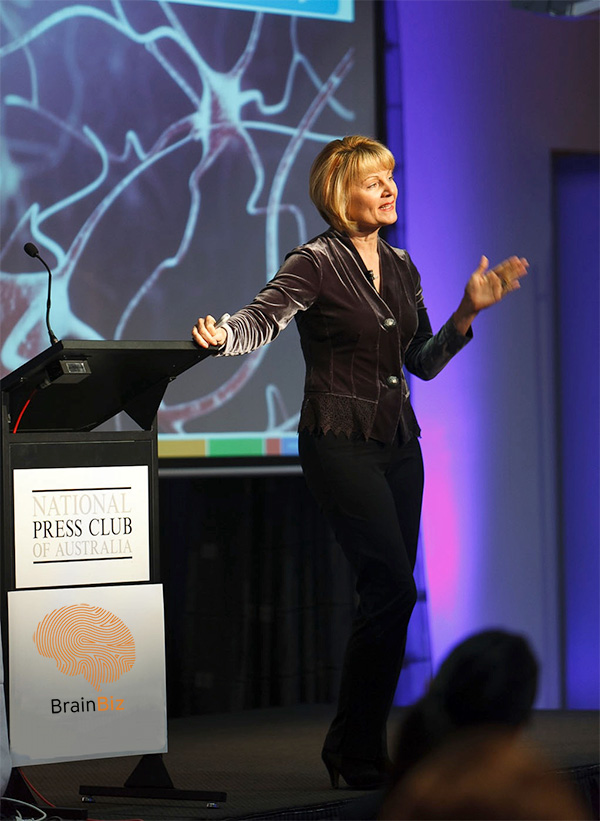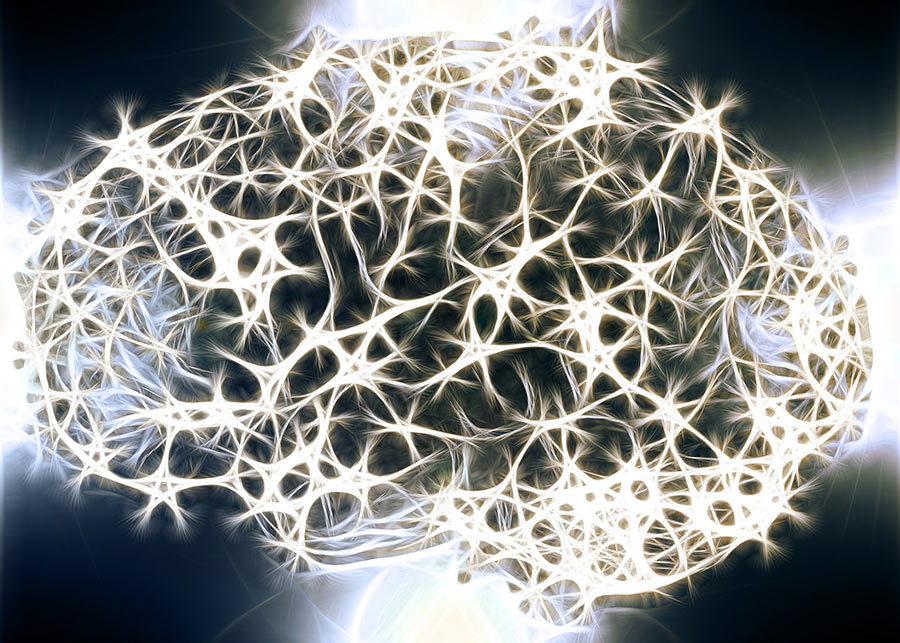Keynote Speaking
Inject the neuroscience of performance, change leadership or learning into your conference, convention or in-house program.
TOXIC – Identifying and addressing dysfunctional workplace behaviour
- 1 in 5 senior leaders demonstrate psychopathic tendencies
- 94% of workers have experienced toxic leadership
These disconcerting statistics underpin a subject that, at best, is uncomfortably tolerated in organisations and, at worst, is culturally reinforced.
Toxic leaders cause unnecessary and unacceptable harm to individuals, teams and organisations. Toxic people breed toxic cultures in which dysfunction is rife – impacting performance, productivity and engagement. High absenteeism, high turnover and zero discretionary effort plague organisations that harbor toxicity.
In this presentation, Sylvia Vorhauser-Smith explores toxic leadership and corporate psychopathy – their roots, prevalence and the conditions in which they thrive. And what to do about them.
Key topics:
- How to identify toxicity in the workplace – hallmarks and red flags
- The toxic triangle
- Why and how toxic leaders are on the rise
- The 5 dimensions of toxic leadership
- How to manage toxic leaders and transform toxic cultures.

The Neuroscience of Change Leadership
“70% of all change initiatives fail”
– John Kotter, Harvard Business School
Change is the new certainty.
Without change, there is no learning.
Change is a natural and normal process we experience every day.
So why do leaders typically face resistance, scepticism and cynicism when challenging others to change? There is ample evidence that what science knows about what drives people and what business does, are not aligned.
The field of neuroscience is providing powerful insights into the brain mechanisms underpinning change. When we are confronted with change, the brain triggers bio-chemical reactions that directly affect our perceptions and responses.
What are the implications for leadership, managing change and optimising workplace outcomes?
In this presentation, Sylvia Vorhauser-Smith shares these insights, enabling
leaders to understand the impact of change and beat the odds to successfully implement it.
Key topics:
- The new normal is permanent white water
- Change shifts biological equilibrium
- How the brain perceives, interprets and responds to change
- Why most change attempts fail
- How to lead to gain positive change outcomes

The Neuroscience of Learning
“Learning is what most adults will do for a living in the 21st century”
– Alfred Edward Perlman
The acquisition of knowledge through learning and experience is an explicit and implicit process underpinned by neural growth and restructuring.
Brain plasticity facilitates lifelong learning.
Our continuously changing brain ensures we adapt to our evolving world and realigns itself based on our interests and motivation.
The field of neuroscience is providing powerful insights into how we learn and which individual and environmental factors impact our learning.
How can managers, leaders and learning professionals benefit from this new understanding of the brain mechanisms tied to the process and outcomes of learning?
In this keynote presentation, Sylvia Vorhauser-Smith uncovers the psychological and physiological factors that underpin learning and development.
KEY TOPICS:
- Attention, memory and the formation of neural networks
- Conditions for optimal learning
- The stress effect on learning
- The fallacy of multi-tasking
- The role of informal learning and collaboration
In addition, this thought-provoking presentation introduces a practical model for learning and development practitioners to consider in the design and implementation of learning initiatives.

The Neuroscience of Flow Performance
“Winning isn’t everything, it’s the only thing”
– Henry Russell Sanders
High performance in individuals, teams and organisations is the goal of every leader. Yet it continues to top the list of the greatest workplace challenges, despite repeated and ongoing efforts to improve it, cultivate it, drive it and deliver it.
Why do so many well-intended performance improvement initiatives fail to achieve their objectives?
The field of neuroscience is providing powerful insights into what factors really drive optimal human performance. Contrary to popular management approaches, neuroscience reveals that many workplace practices actually sabotage high performance outcomes.
In this keynote presentation, Sylvia Vorhauser-Smith focuses on the top ten factors that drive performance.
KEY TOPICS:
- Understanding performance, goals motivation and peak performance
- Performance levers: the body, the mind and the work environment
- Feedback and performance management
- Improving individual performance
- High performance cultures


